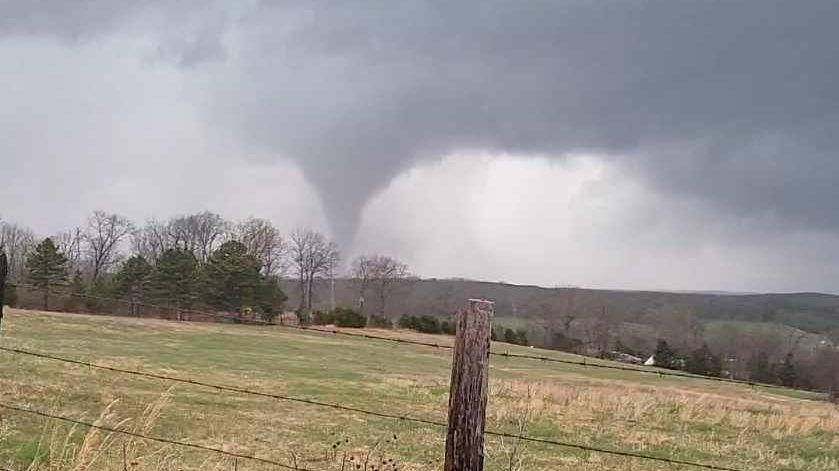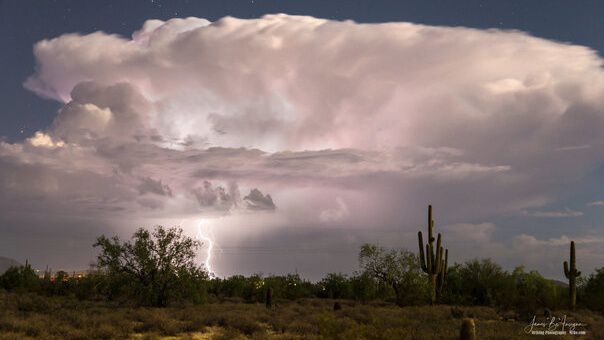This week, the daily average high temperature started to rise for the first time since July of last year.
What is often referred to as the normal high temperature climbed from 31 to 32 degrees on January 26.
This can be a glimmer of hope for those that are longing for warmer weather. However, while it may seem as though we are turning the corner, there is still plenty of winter yet to come.
For starters, the coldest air of the season thus far settles in for the final day of January. A blast of arctic air reintroduces sub-zero temperatures in Syracuse for the first time in almost a year.
Additionally, the month of February has historically proven itself to provide us with the harshest temperatures.
The coldest temperature on record in Syracuse is -26 degrees. This record happened on January 26, 1966, and then tied on February 18, 1979.
Two out of the top 5 coldest temperatures in Syracuse have happened in February. The most recent one occurred on Valentine's Day of 2016 with a reported -23 degrees.
While we're on the topic of recent records, it's almost hard to forget February of 2015, when temperatures were unable to climb above the freezing mark.
That month went down as our coldest month on record, with an average temperature of 9 degrees.
This blew the previous record out of the water, which was 12.6 degrees in January of 1994.
Out of the top 3 coldest months, 2 have been in February.
Collectively, this data makes it seem like the coldest weather is yet to come, but that may not be the case this year.
The Climate Prediction Center's temperature outlook for February 2021 suggests overall above-average temperatures, which would be par for the course based on what we've seen over the last several months.
The bottom line is that we're not done with the wintry weather quite yet, but in the days, weeks, and months ahead, warmer weather is to come.








